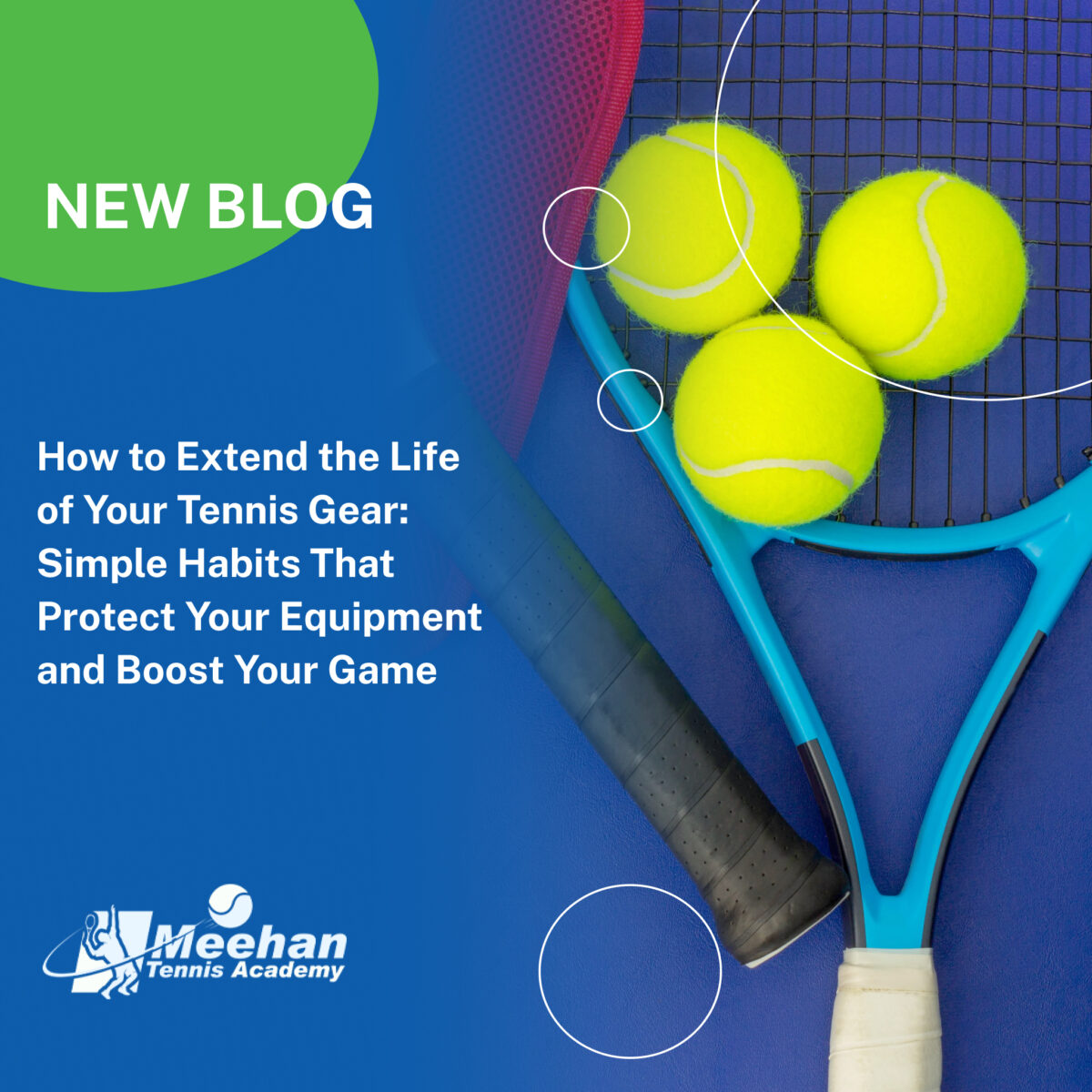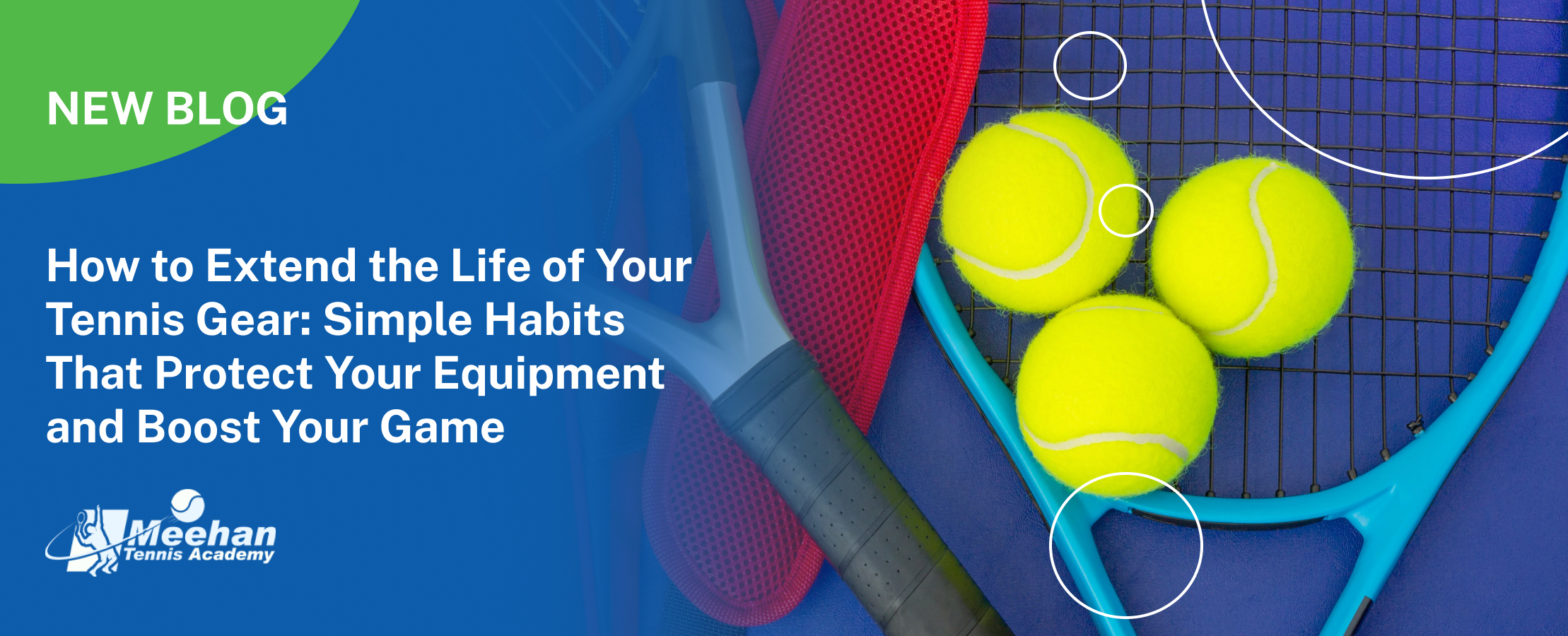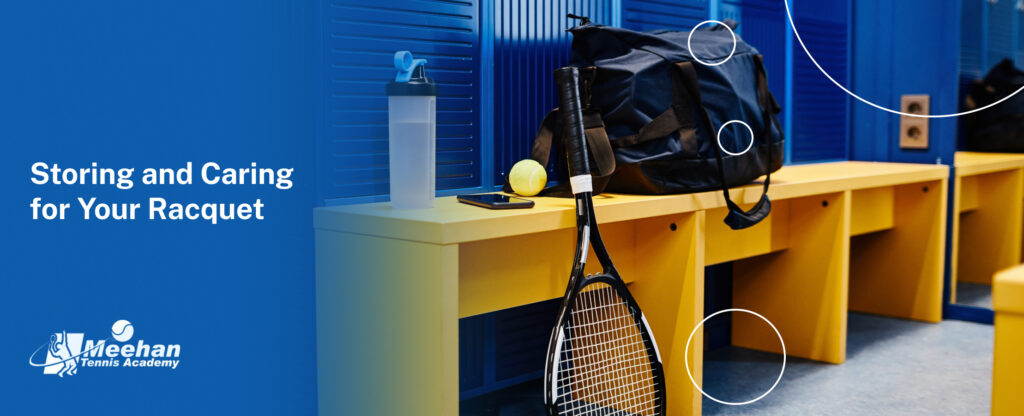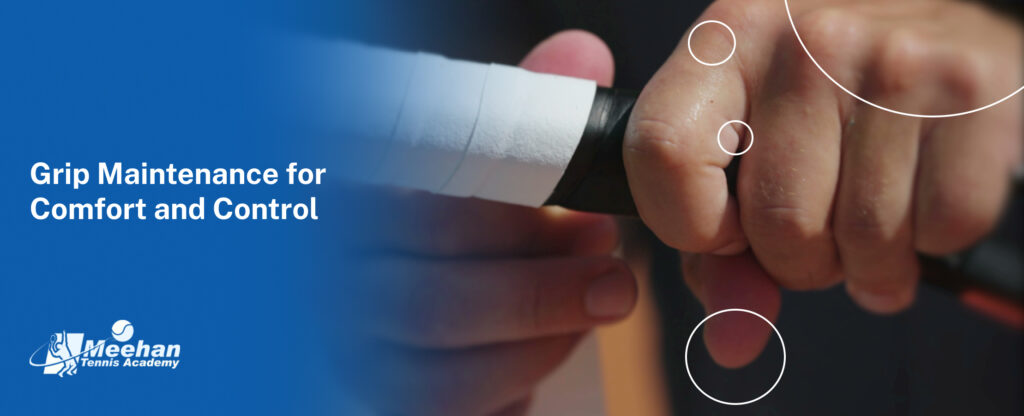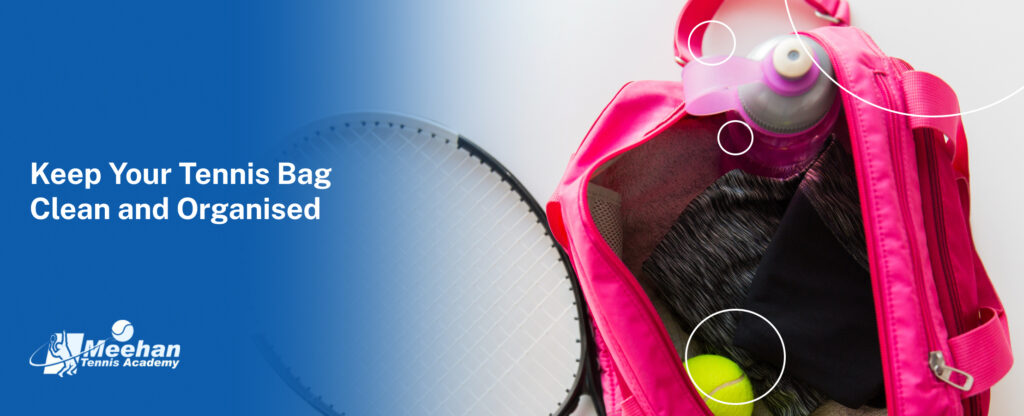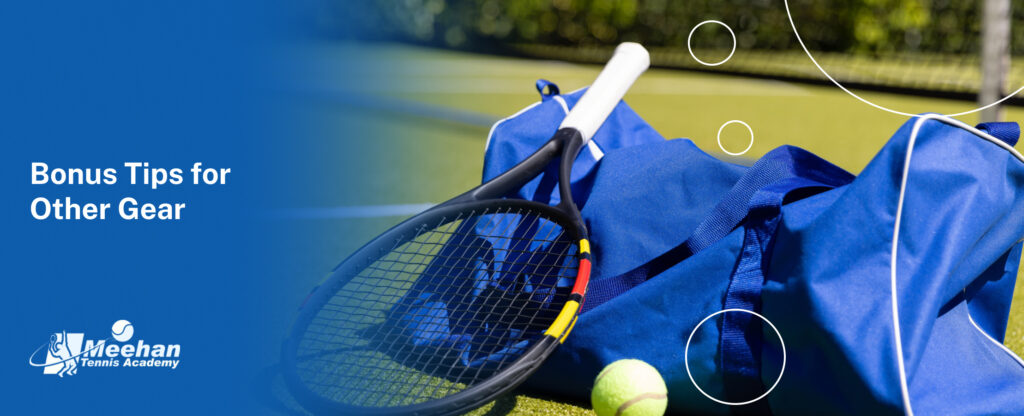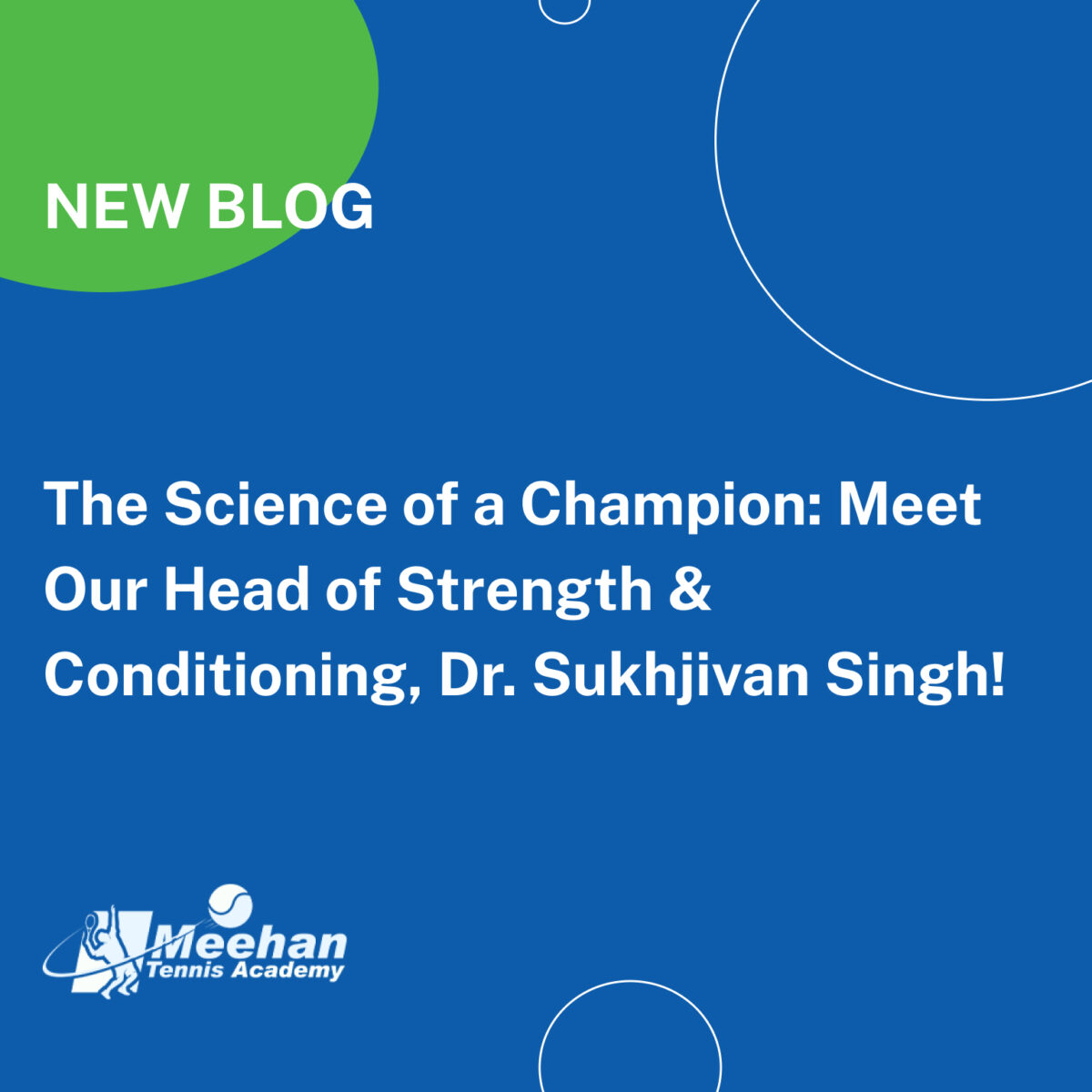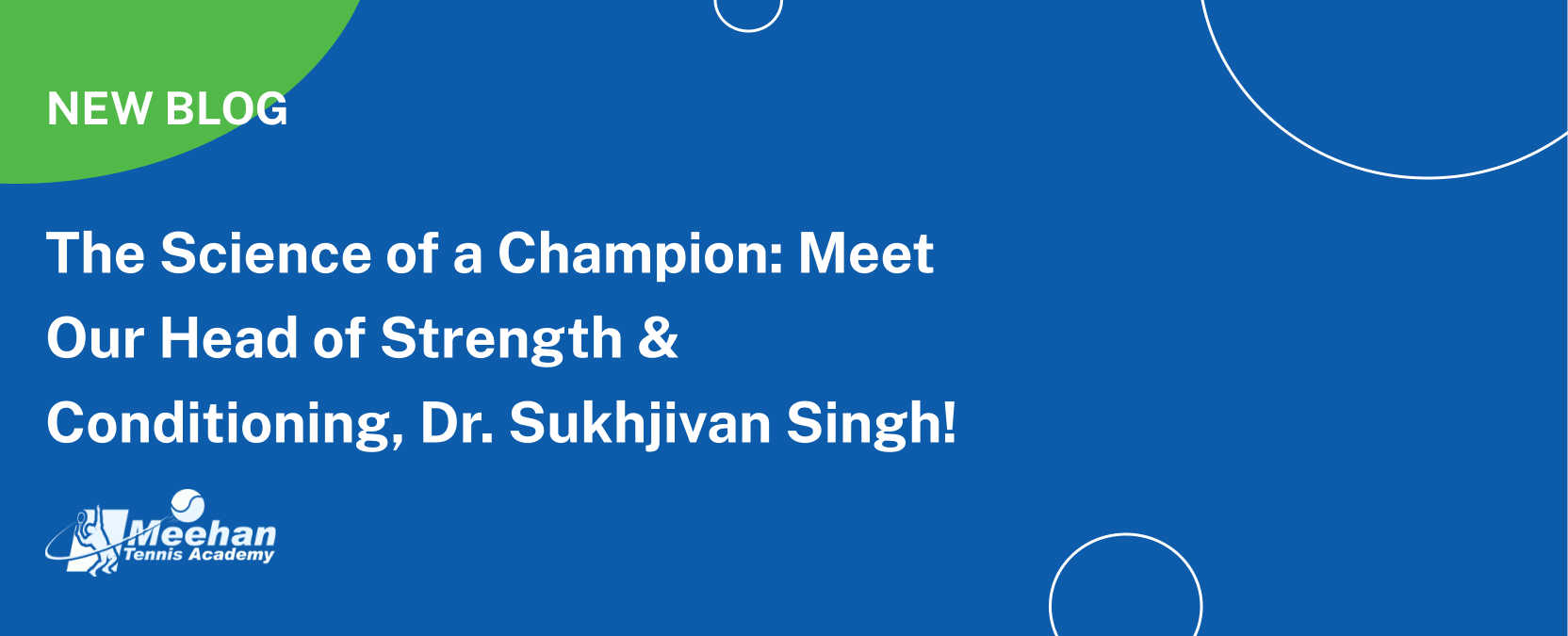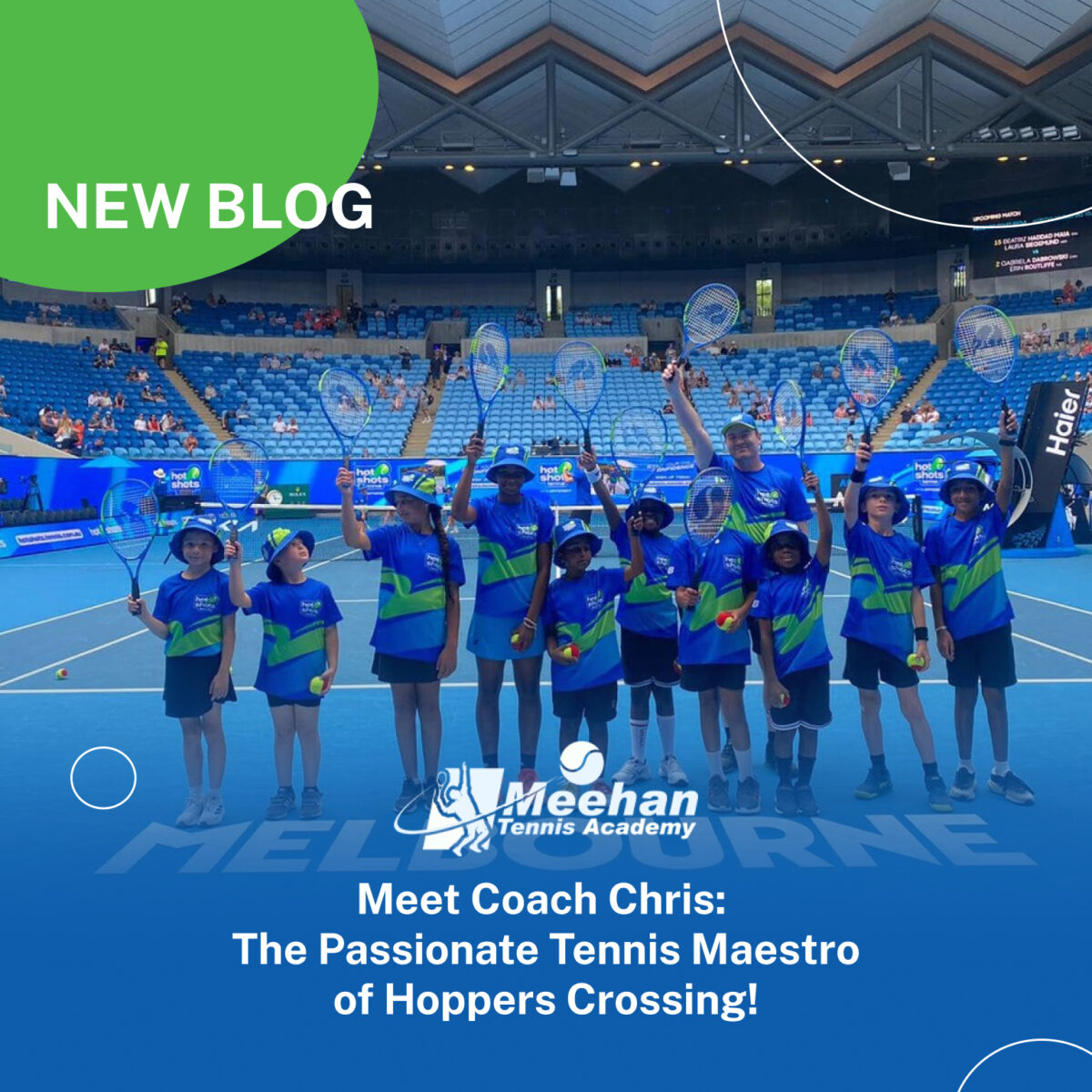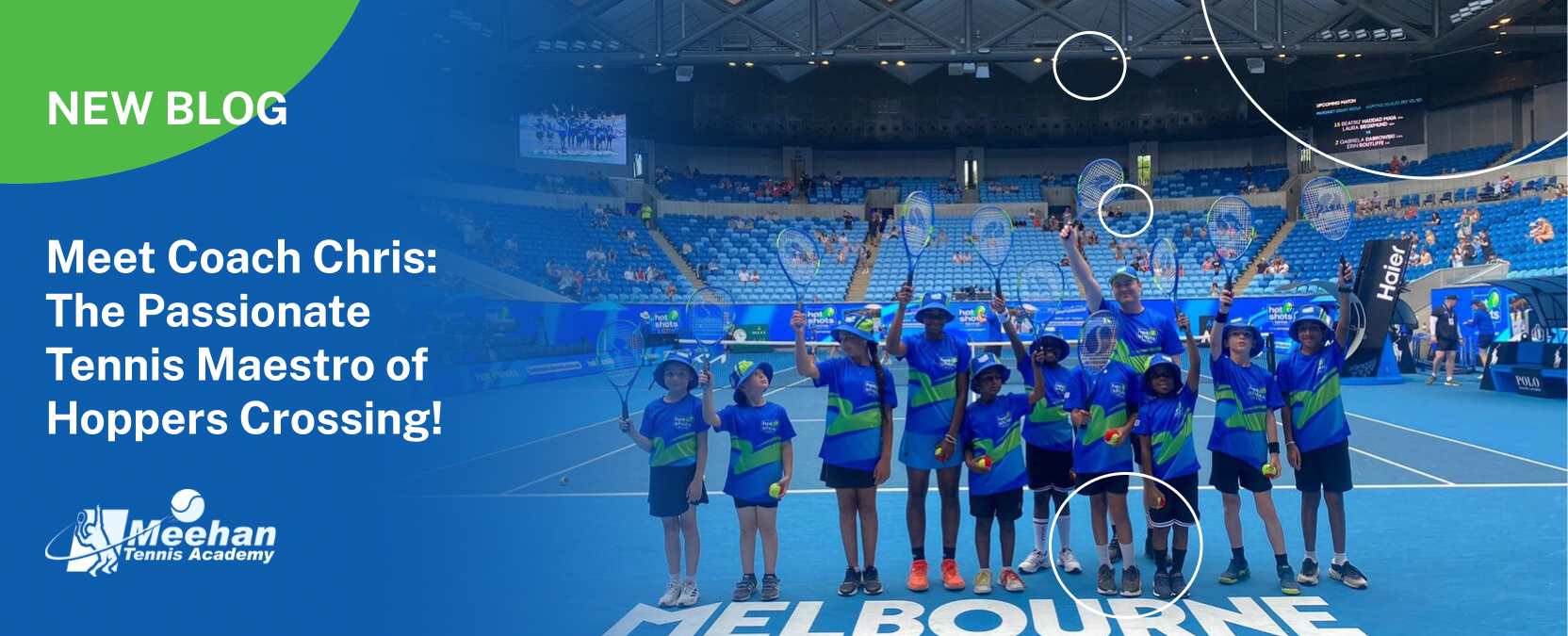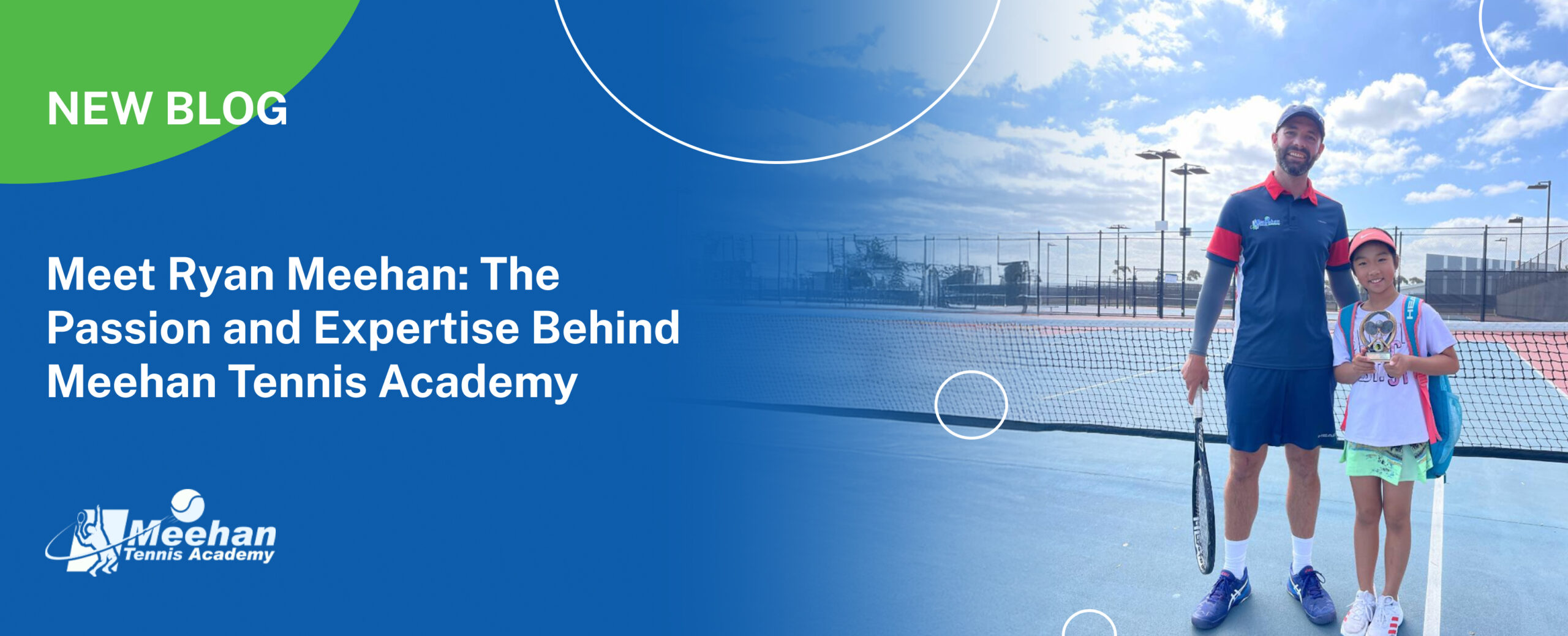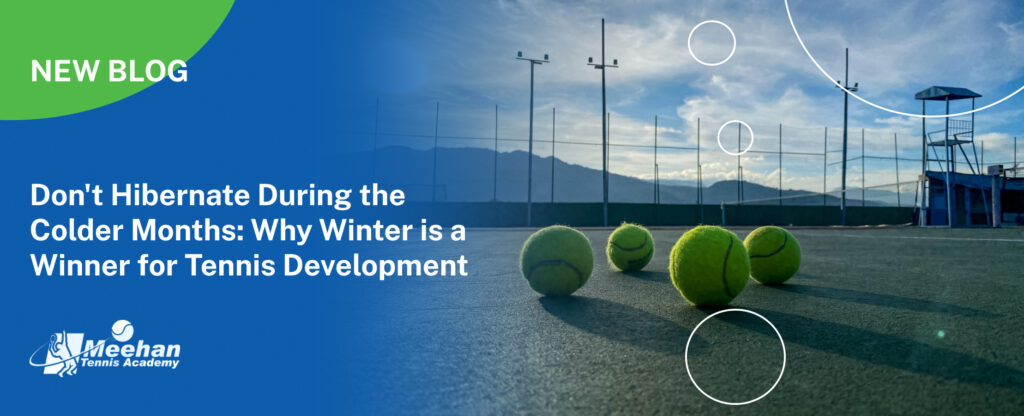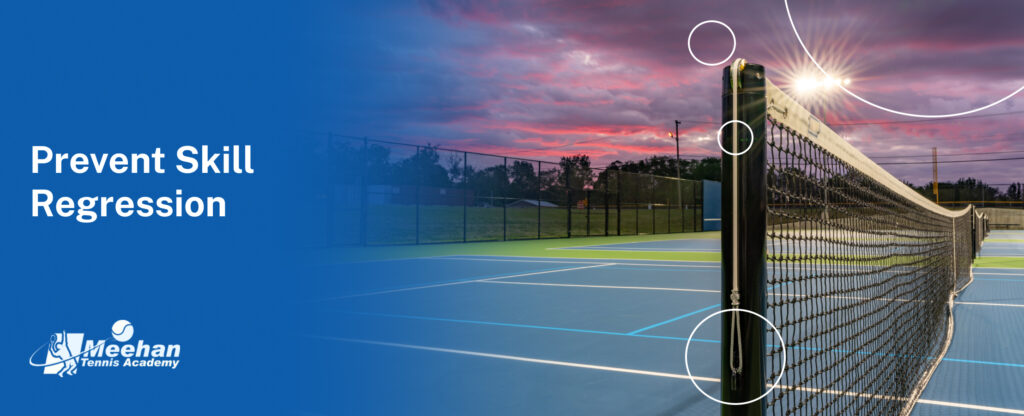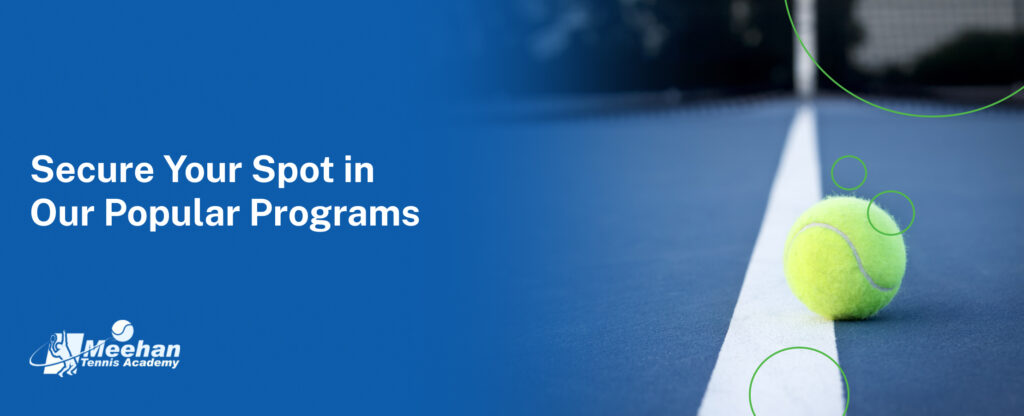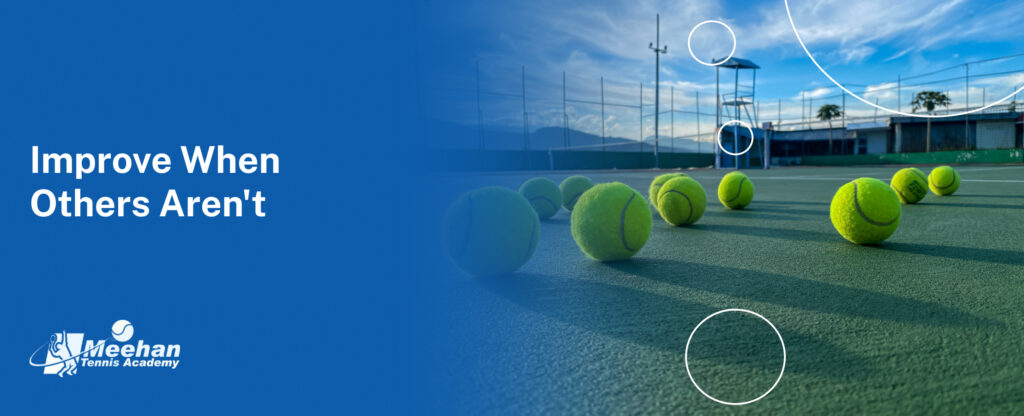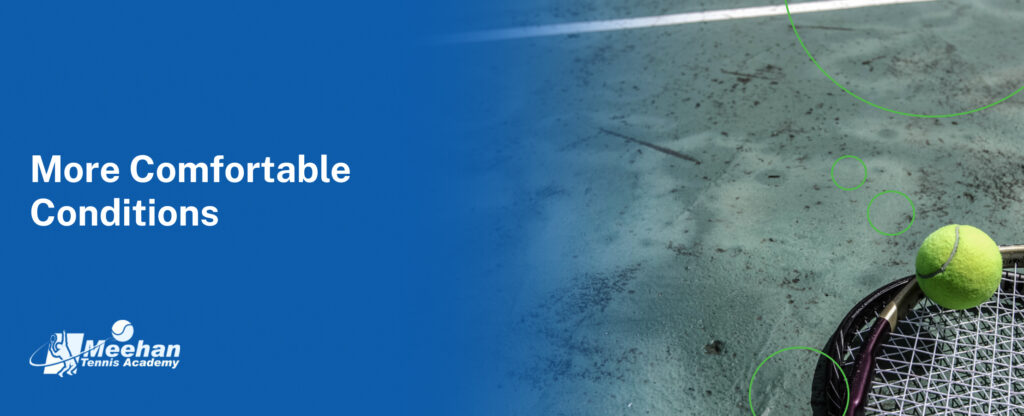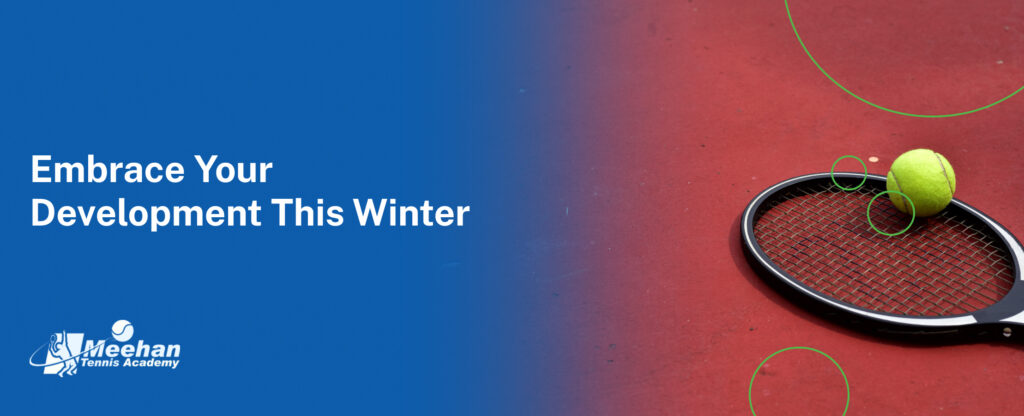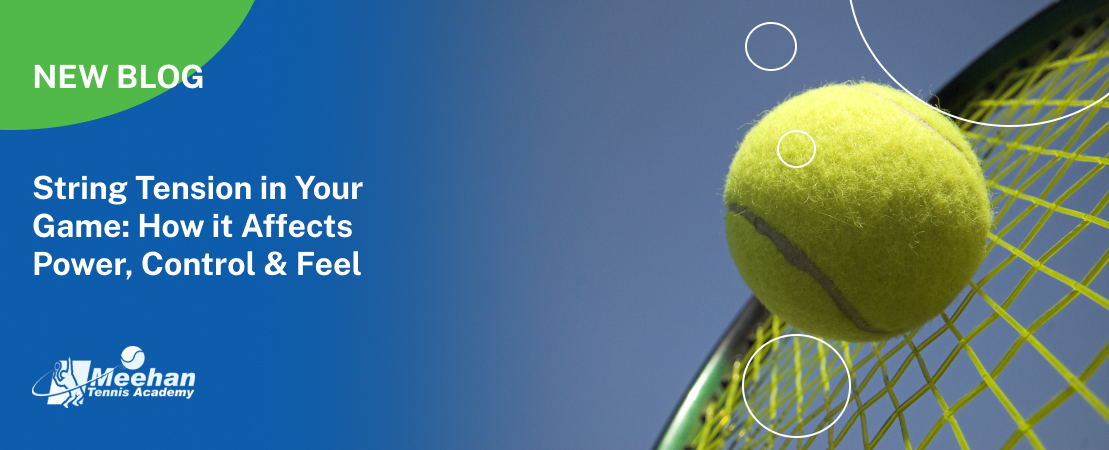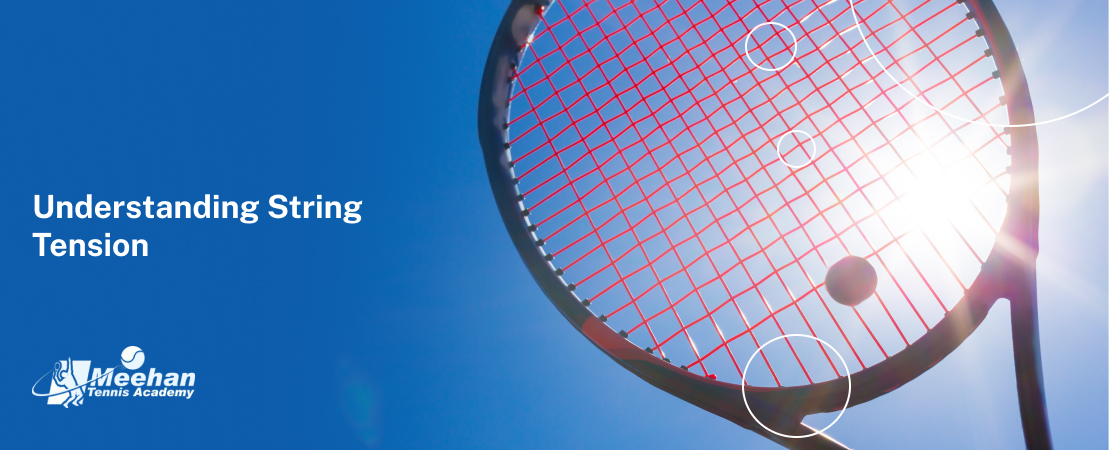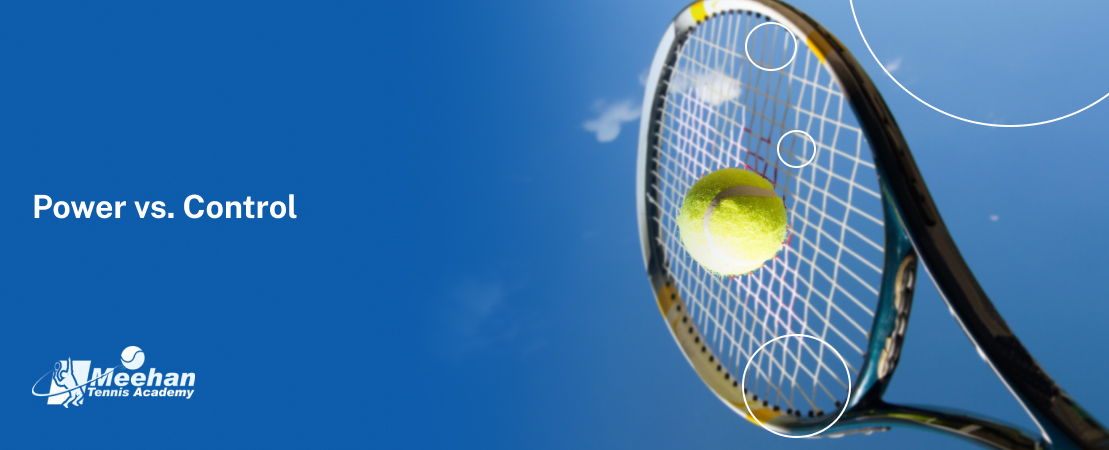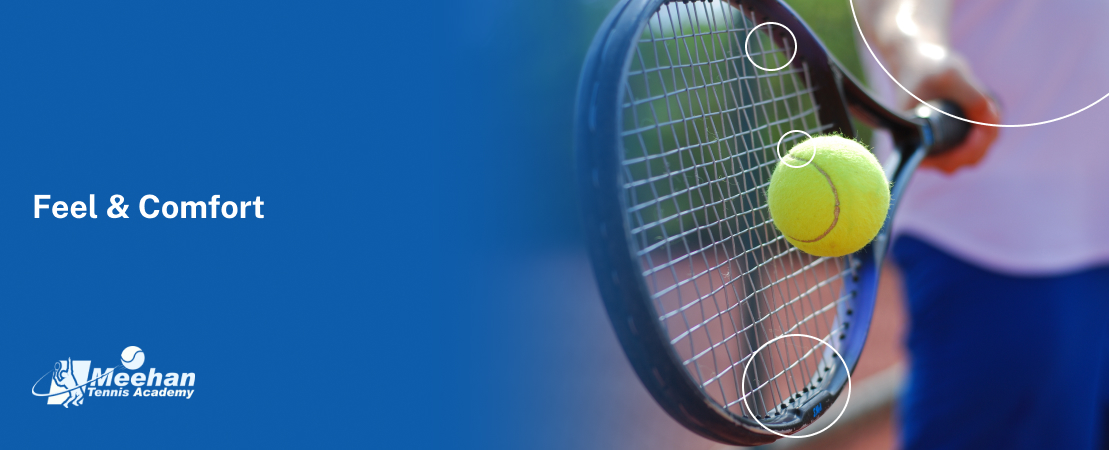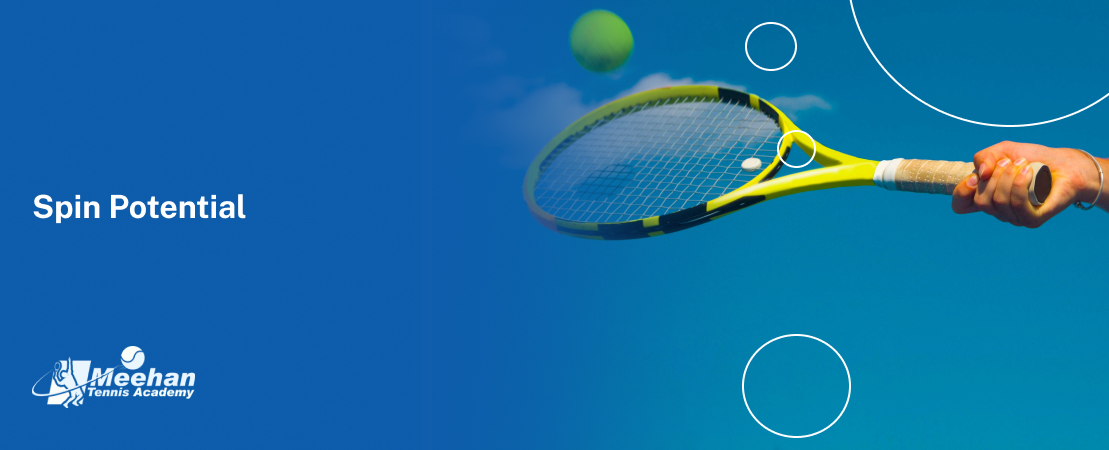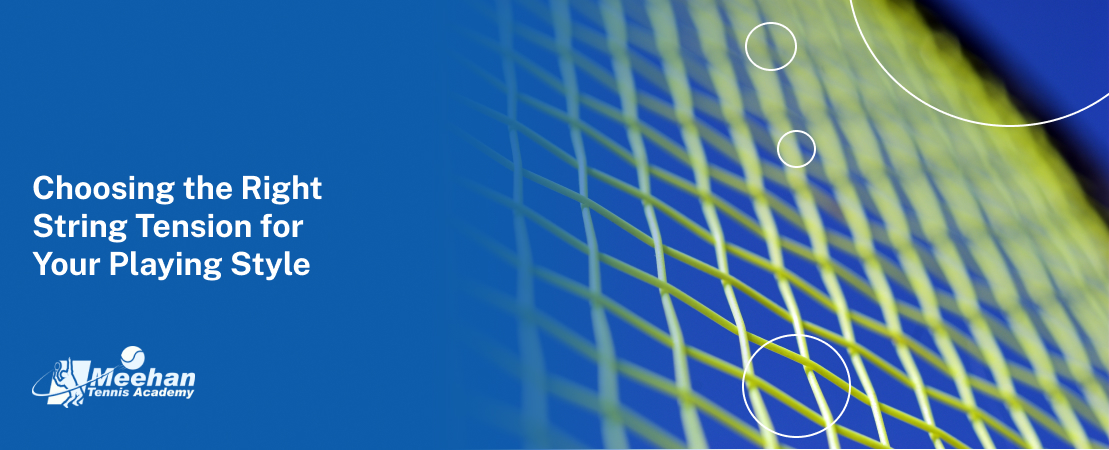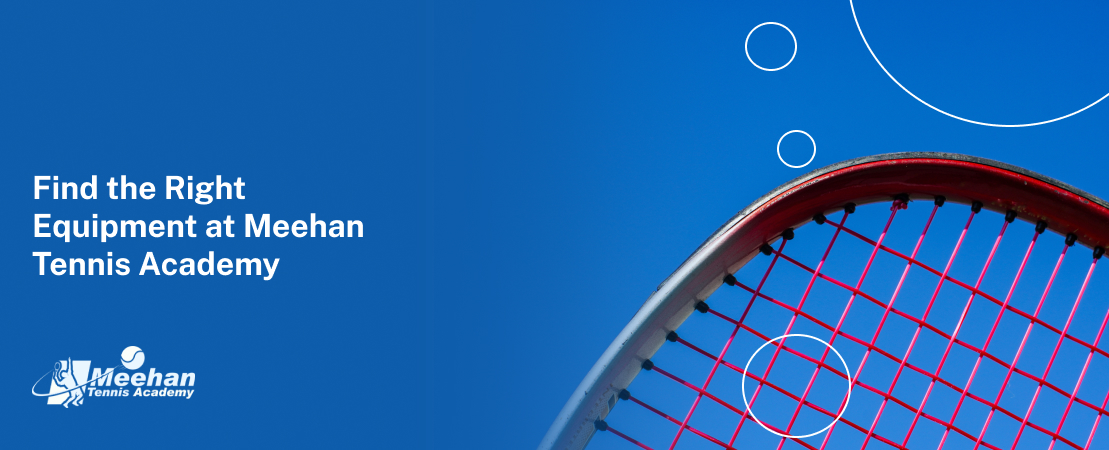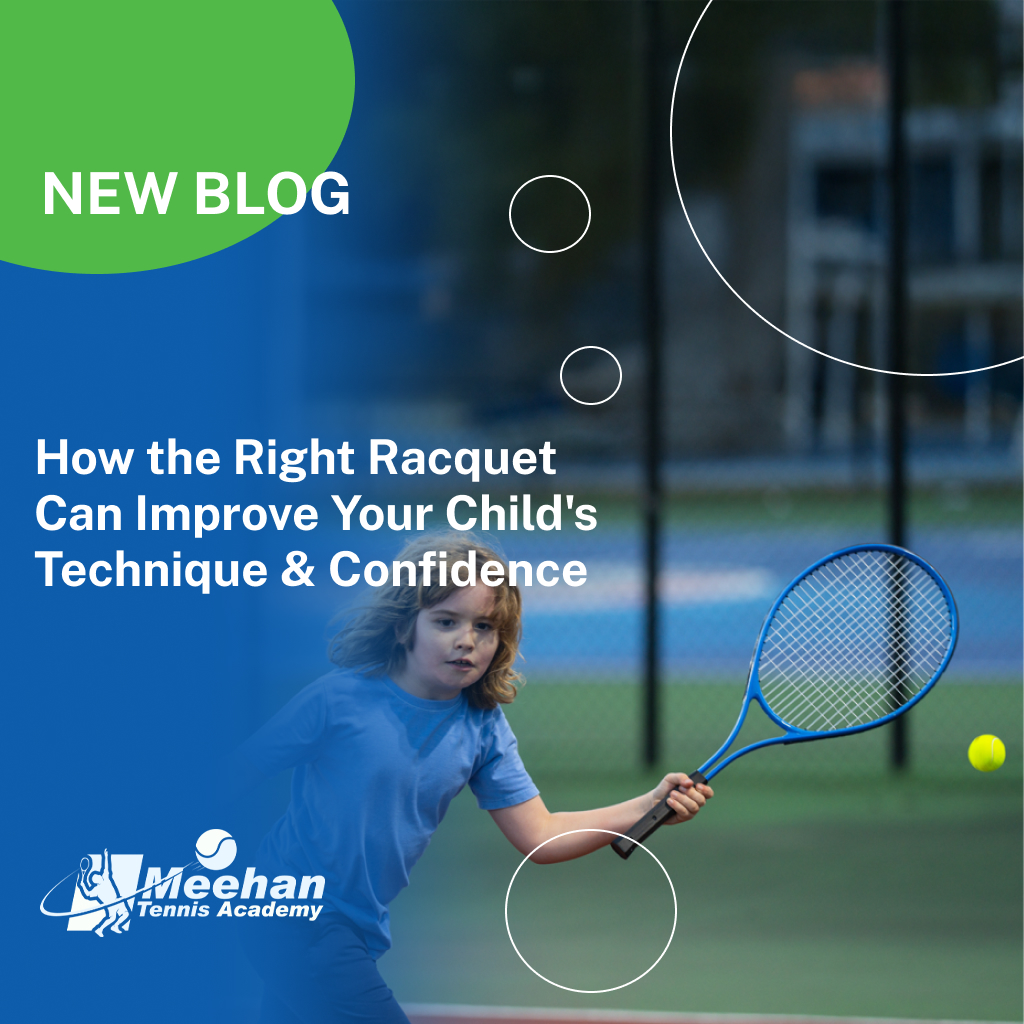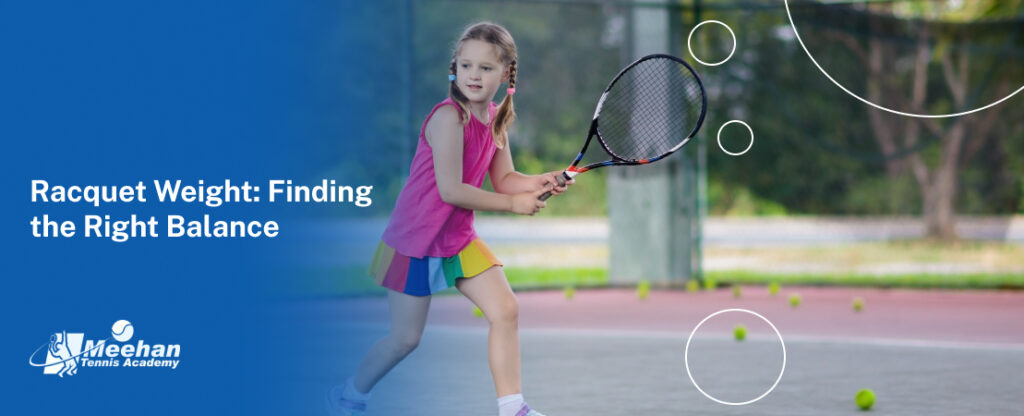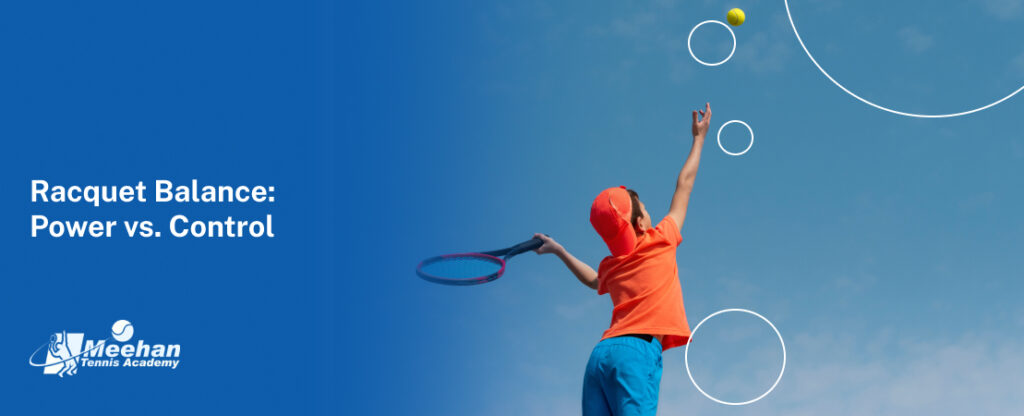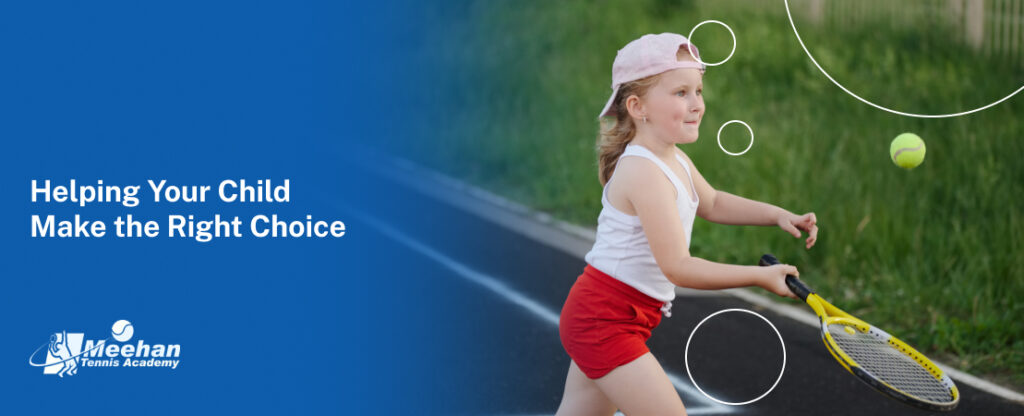Court-Side Strategy: 5 Simple Tips to Analyse Your Opponent Like a Pro
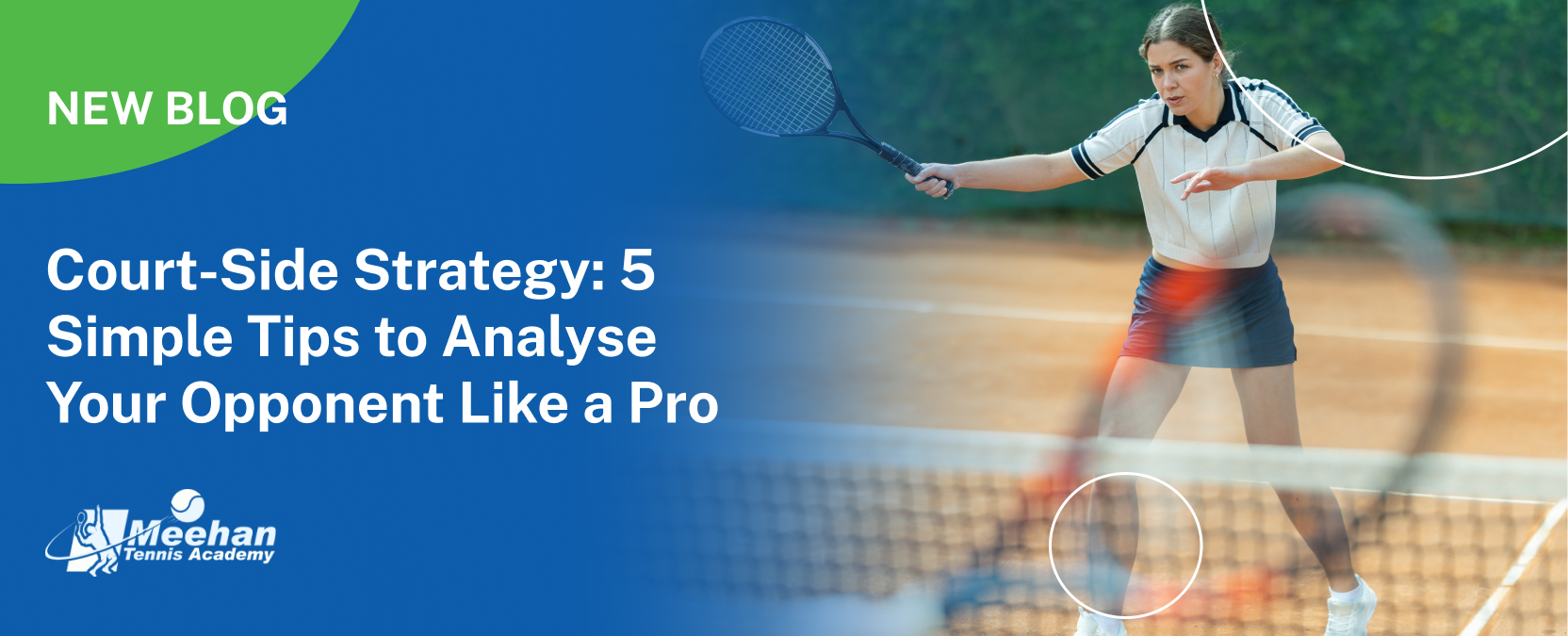
As the world’s best descend upon Melbourne Park for the Australian Open, every point is a lesson in strategy, focus, and opponent analysis. You see players making mid-match adjustments, exploiting weaknesses, and executing tactical game plans.
You don’t need to be a professional to think like one! Incorporating simple opponent analysis into your match play, whether in a tournament or a casual club fixture, can dramatically improve your results.
Here are five simple ways for junior and recreational players to start analysing their opponent like a pro:
Watch Their Warm-Up—It’s Not Just a Hitting Session
The warm-up is your first, and often most revealing, scouting report. Don’t just focus on yourself; pay attention to what your opponent is doing.
- Spot the Comfort Zone: Which side (forehand or backhand) do they hit with more pace, depth, and confidence?
- Check the Serve: Are they mixing up serves (slice, kick, flat) or relying heavily on one speed or placement? Do they struggle with the second serve?
Knowing this can help you decide your early match strategy—for example, if their backhand is weak, you know where to target the majority of your returns.
Identify the ‘Go-To’ Shot (and the Safety Shot)
Every player has a weapon they rely on when they need a winner, and a ‘safety shot’ they use when they are scrambling or under pressure.
- The Weapon: Does their forehand down-the-line consistently win them points? When they get short balls, do they automatically try to attack cross-court?
- The Safety Shot: When they are pulled wide, what is their usual recovery shot? Is it a soft slice, a high loop, or a weak ball to the middle of the court?
By recognising their habits, you can anticipate their decisions and cut off angles, forcing them to hit shots they are less comfortable with.
Read the Body Language and Footwork
Energy and effort can tell you a lot about a player’s mental state and physical fitness.
- Look for Fatigue: Are they dragging their feet between points? Are their serves getting noticeably slower in the second set? Targeting a tired opponent with drop shots and wide angles can break them down faster.
- Frustration Cues: Do they look down, slump their shoulders, or rush their serve routine after missing an easy shot? A frustrated opponent is often predictable. Keep the ball deep and steady to allow them to make more errors.
Adjust Your Serve Location Based on Return Position
Just like the pros at the AO, you should be making tactical adjustments to your serve.
- Serve to the Weakness: As identified in the warm-up, serve to their weaker side, especially on big points.
- Exploit Their Position: If your opponent stands far back to receive your serve, use a slice serve to pull them wide and low, opening up the court. If they stand close to the baseline, try a kick serve up high to their chest, disrupting their timing.
Always Have a “Plan B” Strategy
A good match player never sticks to one plan if it’s not working. Top players constantly adapt.
If your initial strategy (e.g., targeting the backhand) isn’t causing errors, switch it up:
- Change the Pace: Start hitting softer, higher balls (moonballs) to break their rhythm, then suddenly flatten out your shots.
- Attack the Net: If your opponent likes to stand far back, use the drop shot or follow up an aggressive approach shot to pressure them at the net.
Sharpen Your Game with Meehan Tennis Academy
By implementing these simple analytical strategies, you move beyond just hitting balls and start truly playing tennis. You’ll be in control of the point, forcing your opponent to react to your game plan.
Ready to take your game strategy and tactics to the next level? The coaches at Meehan Tennis Academy can help you apply these principles in real-time match situations!
Contact us today to explore our programs and sharpen your tactical game!




